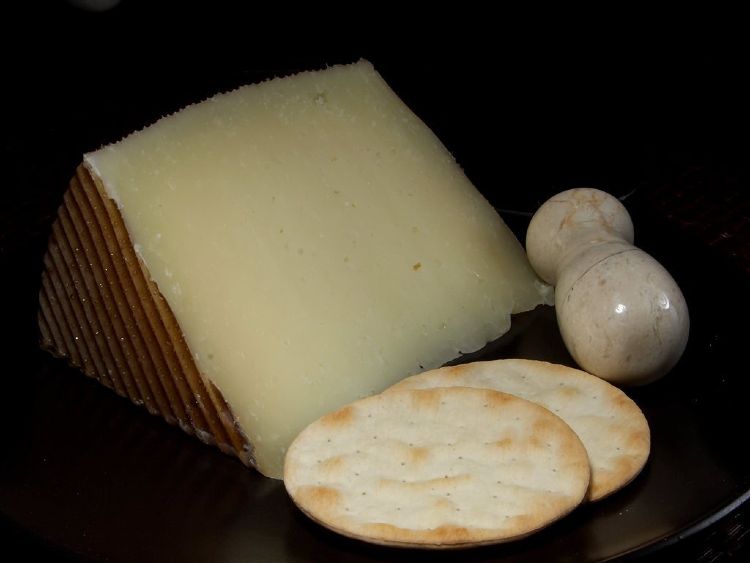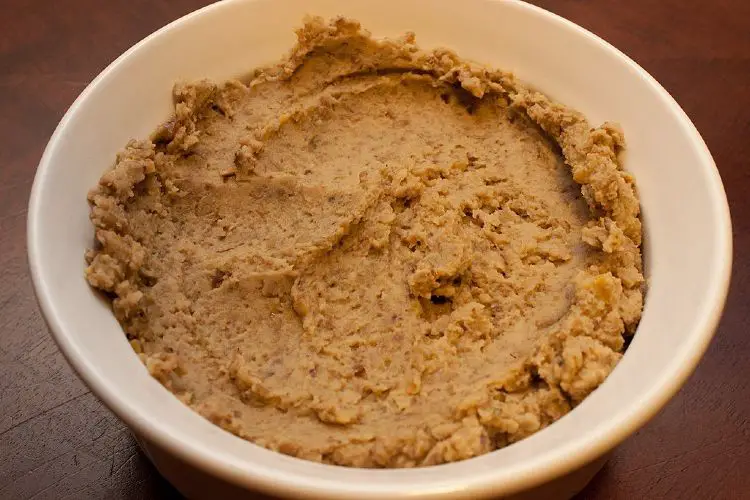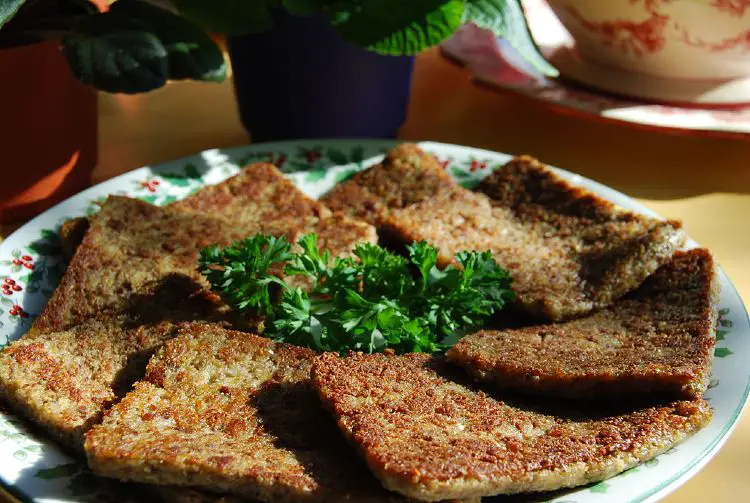Murrays of Clevedon
The stories of how Italian immigrants came to Britain after the Second World War and set up food businesses is one of endless fascination. Crippling unemployment and even starvation on the peninsula meant a mass diaspora of emigration to growing economies all over the world, in search of jobs and a better life. It is estimated that over 100 000 Italians are resident in Great Britain today, many of them second generation offspring from those that came here after 1945.
The food writer Tamasin Day-Lewis told me about a very special place called Murray’s of Clevedon, where John Murray, the son of Dorotea Vella, originally from Casalattico, near Frosinone, on the borders of Campania, Lazio and Abruzzo, has set up a respected shop on the main Hill Street of the Victorian sea side town in Somerset, just south of Bristol. His mother married a Scot, so John was brought up and raised in Britain and, sadly, his mother never lived to see her son’s successful business. Just like the Contini family, who were the founders of Valvona and Crolla in Edinburgh, and the Fratelli Camisa in Soho, many Italians assimilated themselves into British society by doing what they know best: sourcing, preparing, cooking and selling great food.
When I went to interview Tamasin at her home in Somerset, she enthused about the burrata, cannellini, anchovies, olives, Amalfi lemons, prosciutto, oils and vinegars she buys from John. “It is the must see place” she told me, and with that one cannot argue.
As I sat at a window table in Murray’s eating a big charcuterie platter with mozzarella di bufala di campania, pickled onions, rucola salad and olives I could see what all the fuss was about. Hanging above me from the rafters were Leporati Gran Riserva Prosciutti di Parma, in front of me were wooden boxes of huge Amalfi lemons, little “datteri” plum tomatoes and dark red, shiny peppers, behind me were rows and rows of Le Conserve della Nonne beans and Fattorie Mose organic olive oils from Agrigento and just round the corner shelves filled with Mutti passata and Le Piantagioni del Caffe coffee.
I spoke to John about how he started the business and he told me that he has been in Clevedon for 27 years, which, even by Somerset standards probably makes the locals think he is one of them. He very much sees the café and the food shop as a community hub as well as a destination for foodies who are looking for quality.
“Our customers shop like the Italians do, not following a recipe but coming in to see what ingredients are fresh and delicious that day, then deciding what to cook with them. We are a glorified farmers’ market really!”
John has three sons, Alex and Luke, who manage their other shop, restaurant and cookery school at Bordeaux Quay in Bristol and Reuben, who is the Chef at Murray’s. The family travels to and from Italy several times a year, by train, finding new producers, meeting food and wine specialists and sourcing new products. Although they do not speak Italian they tell me they get by. Food is the international language of collaboration, after all.
The heart and soul of Murray’s is Gail, John’s wife, who sadly was unwell when I visited.
“She is very hands-on,” John told me. “She loves nothing more than getting her hands in the hummus, making sure it is perfect.”
The hummus is famous here, as is the bread, baked daily in the baking kitchen round the back. John told me that the bread that is baked at Murrays is completely different from that at Bordeaux Quays as the two bakers have very distinctive styles.
Traceability is the most important part of stock that is as finely edited as this. Reuben told me how they buy all their meat from a lady who has a very small farm nearby in South Gloucestershire. She breeds Tamworth and Gloucester Old Spot pigs and is introducing Mangalitsa pigs, famous for Jamon Iberico. Fish comes from Wing of St. Mawes and many of the fresh fruit and vegetables are sourced from Milan. We all love our seasonal British fruit and vegetables, but I assure you, looking at the contents of the boxes makes you dream of bright, creamy risotti, soups, pasta dishes and salads, even on a dark March day.
As you sit in the restaurant or by the entrance you will feel transported into a modern, clean, stylish Italian “alimentary” store: giant wheels of Parmiggiano, mounds of emerald coloured Sicilian olives, wall to wall wine bottles, boxes of artisanal chocolates and jars of confectionery. The most remarkable thing here, however, is the juxtaposition of pork pies and Cornish pasties next to pizza, Mrs. Kirkham’s Lancashire cheese next to Robiola La Tur and Pancetta d’Arnad from Valle d’Aosta with free range eggs from “Tina Harris of Kingston Seymour”. The best of British and Italian sit side by side in the larder of greed.
“I don’t really care where the food comes from, as long as the quality is excellent,” John told me.
Before I left my interview with Tamasin she said to me “Make sure you don’t spend too much money!” but just like the very best Italian food shops, resistance was all but futile. It is heartening to see that, even in a quiet, tucked away town like Cleveland, with a population of 28 000 people served by four supermarkets, such a wonderful shop can thrive and flourish. La Signora Valle would be so proud of her Scottish-Italian descendants and the work that defines them.
Further Information
Murrays of Clevedon: www.murraysofclevedon.co.uk
Follow the team on Twitter: @clevedonmurrays
Bordeaux Quay: www.bordeaux-quay.co.uk
Follow the team on Twitter: @BordeauxQuay



